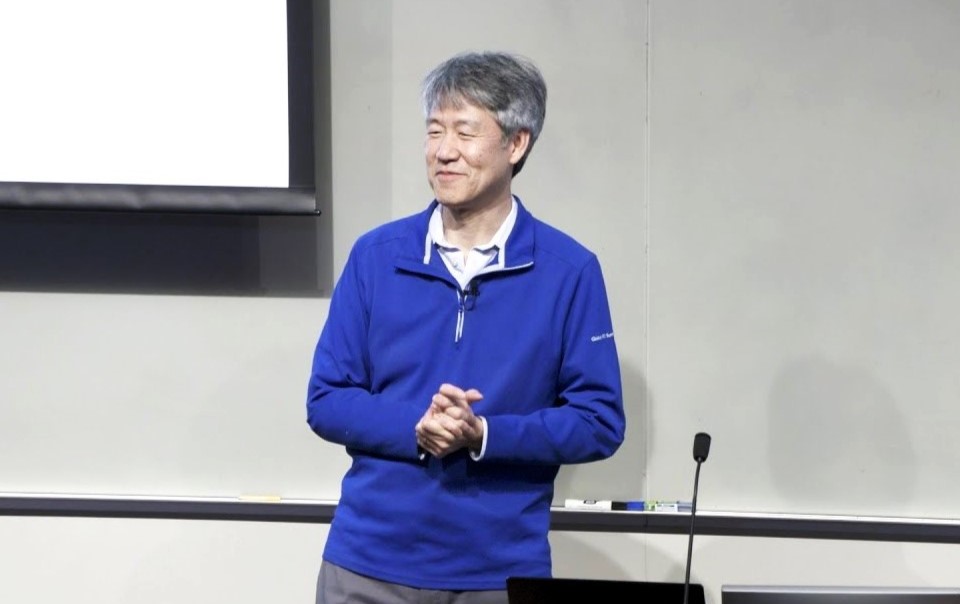Microsoft Research President Peter Lee discussed the future of artificial intelligence at the University of Washington in 2023. In an interview with GeekWire, he highlighted three key technical hurdles in the development of AI systems. The first challenge is developing AI systems that can understand and learn from the various languages of nature, such as proteins, molecules, and materials, in addition to general language models. Lee emphasized the potential of combining these different modalities to create powerful AI technologies. He highlighted the work of Nobel Prize winner David Baker at the University of Washington as an example of the potential of this field.
Another technical challenge identified by Lee is advancing autonomous AI agents that can plan and execute complex tasks, collaborate with other agents, and learn from their actions. He discussed the importance of autonomy, large action models, and collaboration between AI agents and humans in this context. This area of research is currently a hot topic in the AI field, with startups and tech giants alike focusing on developing agents that can automate tasks such as web browsing and trip booking. Microsoft recently announced its own AI agents as part of this trend.
The third technical hurdle discussed by Lee is managing AI infrastructure, optimizing hardware architectures, phasing out old systems, and preparing data centers for increasingly powerful AI models and services. Lee highlighted the challenges of managing the growing AI infrastructure, including decommissioning old hardware, routing cables in data centers, and designing optimal architectures for AI workloads. Microsoft is heavily investing in AI and cloud infrastructure, with record capital spending in the June quarter and plans for continued growth in the future.
Overall, the future of AI holds exciting possibilities, with potential advancements in developing multi-modal AI systems, autonomous AI agents, and managing AI infrastructure. The convergence of different languages of nature with general language models offers the promise of new superpowers in AI technology. The development of autonomous AI agents that can collaborate with other agents and humans is a key area of research in the field, with tech giants like Microsoft investing resources in this space. Furthermore, the management of AI infrastructure presents challenges in optimizing hardware architectures and scaling data centers for future AI workloads.
In conclusion, Peter Lee’s insights shed light on the current state of AI research and the technical hurdles that researchers are working to overcome. The potential for advancements in AI systems that can understand the languages of nature, collaborate autonomously, and manage infrastructure efficiently bodes well for the future of artificial intelligence. With continued investment and innovation in AI technology, the possibilities for AI applications in science, industry, and everyday life are limitless.












